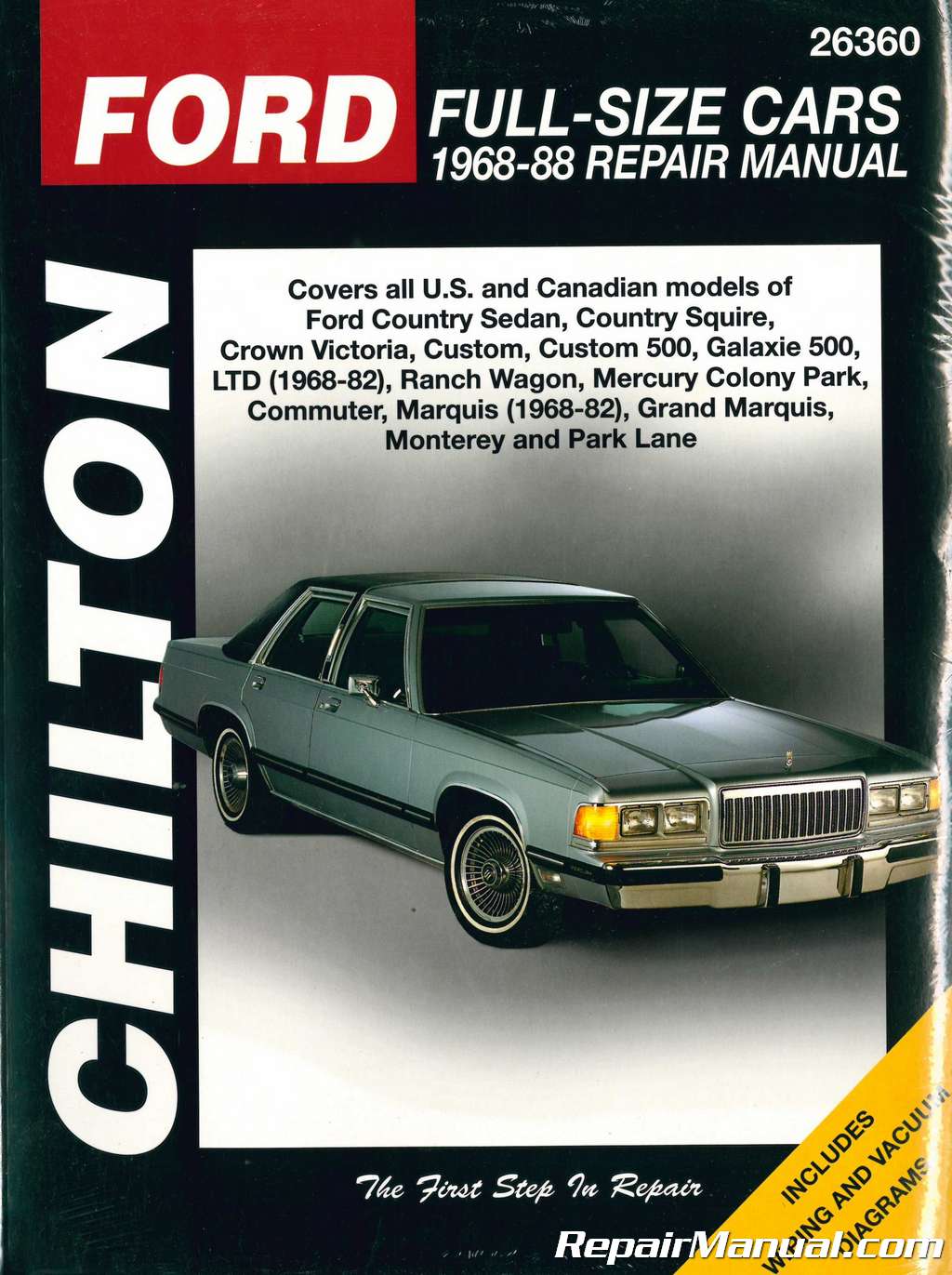

The earlier EPCO made Red E's like the one pictured from 1951-1955 used the Wisconsin AEN engine (similar to the WH Ride Away Senior) while the 1956-1957 models were identical, except using the Briggs & Stratton 23FB engine instead. This is why it's impossible to confirm how many Red E variations they actually built. Serial numbers were sequencial too, so following a Red E badged tractor on the production line could have been another Red E, or an Economy, Power King, Jim Dandy, etc. Outside of the color scheme, decals and the name on the ID Plate, they were identical to Economy/Power King branded tractors. Figuring that their son in-law already has a proven line of well built tractors with a whole fleet of attachments, and Turner wanted to expand his sales network, there might be a win-win solution for both companies. From 1951 - 1957 Red E sold the model 15A tractor, which was a rebadged Economy painted the Red E red/black color scheme as their own sold through Red E dealers. Pioneer and EPCO however didn't compete directly with oneanother in that Pioneer mainly sold hand held and walk behind equipment where EPCO only sold riding tractors targetted towards truck farms/vegitable gardens.īy the late 1940's, the popularity of these small tractors gained so that Welbourne decided they needed to add a riding model to their product line and from the basis of a Red E walk-behind tractor, they created their first riding tractor, a model 14 which was really a terribly designed tractor by all standards and didn't last long. His father in-law, Everette Welbourne owned Pioneer Mfg (Page and Red E brands) which is where Jim started his engineering career and met his wife (the boss's daughter) before deciding to go out on his own after spending his time in the Army durring WW2. (ie: Power King, Country Squire, National, etc.) Like many manufactures in this timeframe, alot of recycled automotive and suprlus parts were used.

Jim Turner created Engineering Products Co (EPCO) in 1946 with his wife, Dorthy Welbourne initially manufacutring his Economy garden tractors in Milwaukee which by 1951, turned into multiple "brands" of tractors sold though a varitey of sale channels. My "other" favorite line of historically significant, early tractors!


 0 kommentar(er)
0 kommentar(er)
